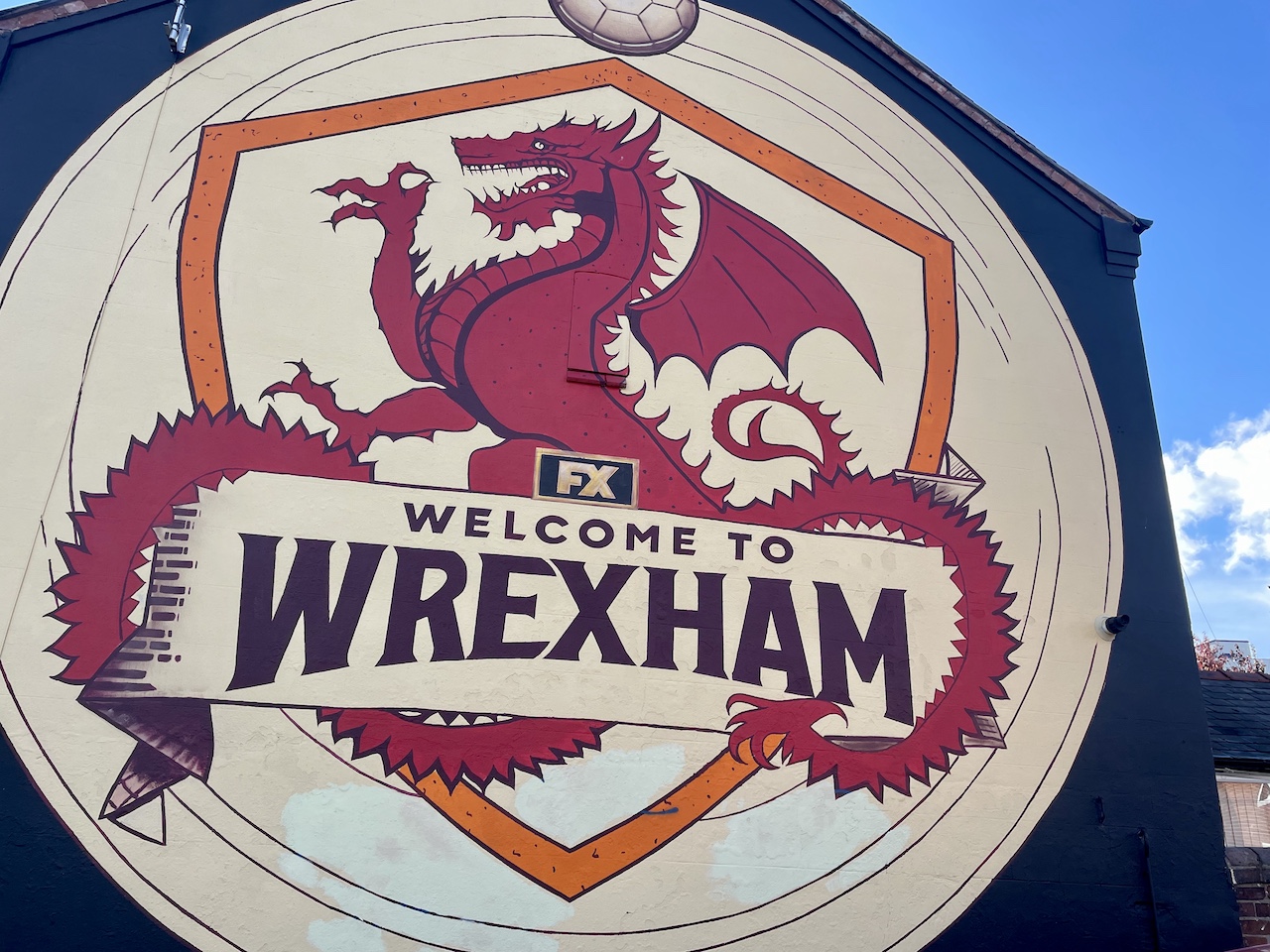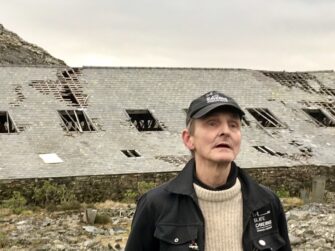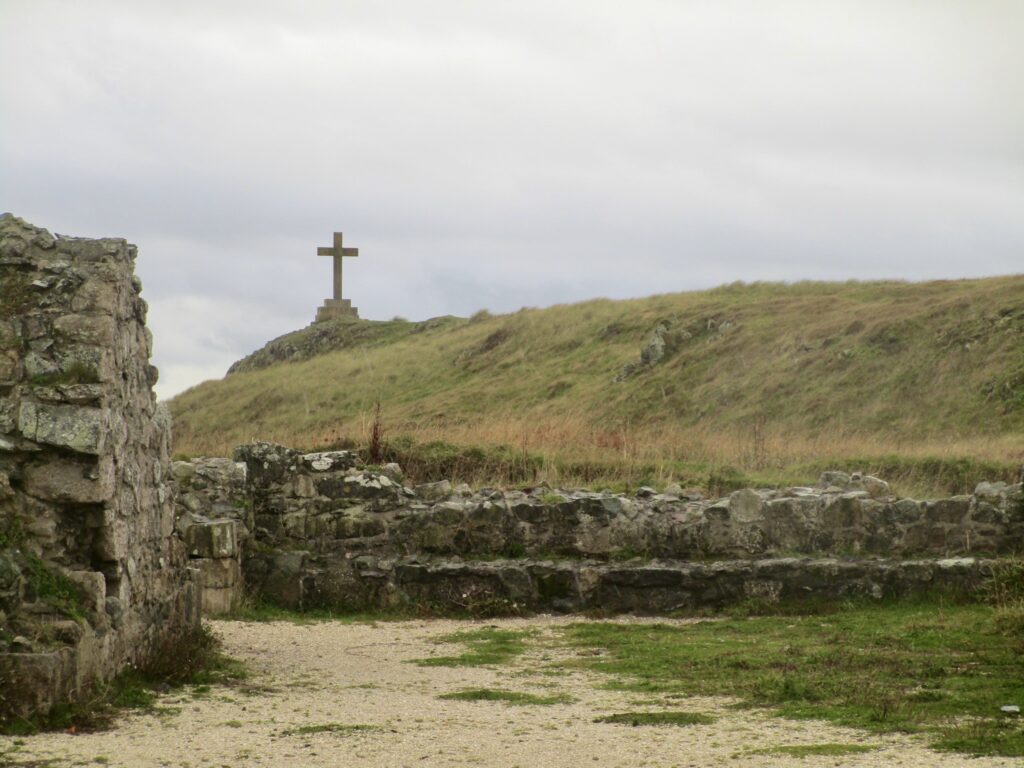
A winter weekend in Wrexham.
I was on assignment for the iNewspaper travel section as part of its Winter Weekend series.
The North Wales city is an unlikely hot ticket for a UK city break in 2024 — and not just for football fans.
Here’s a taster of the text:
A former industrial town in North Wales isn’t the obvious winter warmer — but Wrexham is having a moment.
When the actors Ryan Reynolds and Rob McElhenney bought the local football club in 2020 [pictured above], it was a story worthy of a Hollywood epic for the third oldest football club in the world, dating from 1864.
Wrexham first made its name during the Industrial Revolution for its mining but, after a sprinkling of tinsel-town stardust, the industrial-heritage sites are now visitor attractions, independent businesses are reviving closed-down shops and match days draw new-found fans from across the pond.
Wrexham was granted city status in 2022 after narrowly losing out to Bradford to host the UK City of Culture 2025.
The new Football Museum for Wales is coming to the former Wrexham Museum (now closed) in 2026 and Wrexham is bidding for City of Culture 2029.
Read the whole story: The spirited North Wales city that is more than its football club.
More information from This Is Wrexham.
- Liked this? Try also How to spend a spooky weekend in haunted Nottingham.
- Sign up to my newsletter for more about forthcoming articles, tours and writing workshops


